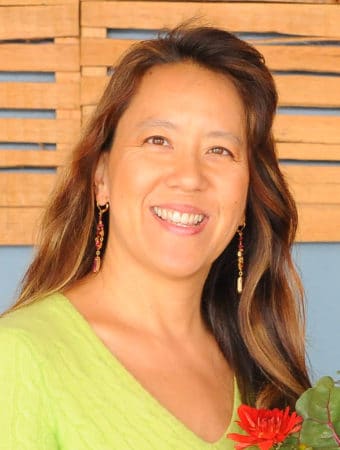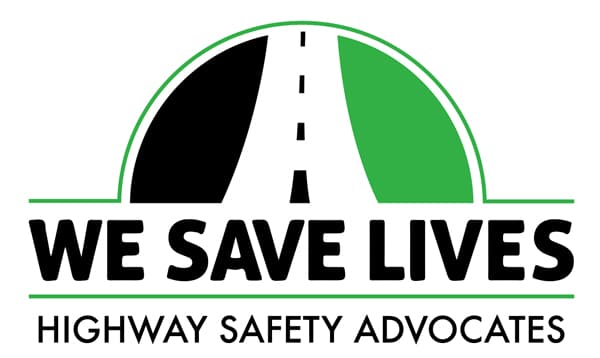
Driving in the Real World: What the Motorist Handbooks Don’t Tell You
People often ask me how I became a traffic safety advocate, and it’s an unlikely story. I’ve adored cars since I was a child, when I dreamed of becoming an automotive designer. Like many teens, I couldn’t wait to learn how to drive; after taking driver education in high school, I got my license at age 18 in California. Then I promptly got a job driving for a living, working for several Bay Area car rental companies that needed vehicles shuttled to various locations; at one point I was traveling about 100,000 miles annually.
Nothing Prepared Me to Witness Drivers Breaking the Rules
But absolutely nothing in high school driver’s ed prepared me for driving in the real world in terms of hazards, spatial fluency, and situational awareness. Rules of the road? Everyone seemed to be breaking them, so why obey them? Speed limits? Out the window. Like many teens, I learned by trial and error with close calls and minor fender-benders. Later I moved to different parts of the country. Each time I had to take a new written test to get a new driver’s license, and I was always struck by the disconnect between what the state motorist handbooks extolled and what was really taking place on the street. I also continued to drive for personal reasons all over the US year-round. Along the way, I saw far too many crashes with heartbreaking glimpses of their aftermath—from neighborhood fatalities to children’s toys flung along interstate center medians.
About ten years ago, I simply got tired of all the bad driving around me and decided to do something about it. It sounds ridiculous, as I didn’t have a real plan, but I always knew I could do something. I decided to become a change agent and be open to whatever might organically happen to meet that goal. I started researching on my own, attending traffic safety conferences, taking extensive driver training (rally, racetrack, and intensive street courses), and conversing with people from different safety backgrounds.
Two Dedicated Citizens Strengthen Driver Training
Ultimately, I decided to focus on two different topics: exceptional street driving technique and cultural attitudes toward traffic safety. Along the way, I founded Driving in the Real World, which features a blog with thought-provoking posts and fantastic guest experts, as well as carefully curated videos, books, and other safety resources.
Early on, I was incredibly fortunate to meet a like-minded citizen advocate named Mark Butcher, and together we worked for eight years to persuade two key Washington State government agencies to strengthen driver training, testing, and licensing standards for new drivers. This transformative experience demonstrated that even just two dedicated citizens could positively change something as daunting as state government policy.
National Recognition Well Deserved
In 2016, Mark and I co-organized and led a weeklong research trip to the UK to introduce government officials and driving-school owners to the British traffic safety ecosystem, widely considered among the best in the world. For this work, Mark and I were recognized by the National Highway Traffic Safety Administration (NHTSA) in 2017. Most importantly, I’m proud to say that the driver education curriculum in our state has changed because of our efforts!
I now write and consult for companies and organizations and am a regular columnist for Roundel, the magazine of the BMW Car Club of America. I also serve on the safety subcommittee of a government workgroup for autonomous vehicle strategy and policy in Washington State. A recent interest is educating the public about AVs and the advanced driver-assistance systems (ADAS) on our modern vehicles, as well as exploring our paradoxical attitudes toward both.
In my work, I try to get beyond tired, often-cited statistics and explore constructive alternatives to simple don’t-do-this, don’t-do-that answers. What’s truly not working in the big picture? Why? How can we think about a problem differently, both on a macro- and microlevel? I’m especially fascinated by the intersection of social sciences and psychology in influencing what we do behind the wheel; after all, we drive exactly the way we are as people. What makes you a better driver makes you better at many other things in life—it’s literally in how we navigate our world.
We Need to be Offering New Drivers Superior Education
Bad driving and human error are also frequently painted as character flaws to be penalized by threats and judgement. Yes, some reckless risktakers deliberately disregard and endanger others, but most crashes—even deadly ones—are the result of everyday people innocently making everyday mistakes because they never received proper training and they don’t know what they don’t know. That’s usually not their fault. Instead of berating them and punishing their ignorance with ineffectual penalties, warnings, and messages, let’s start with the root causes for their choices, decisions, and motivations—and offer them superior education, positive reinforcement, and lifelong learning.
The US ranks the worst of the top 20 developed nations for fatalities per million vehicle miles traveled, among other safety metrics. The reasons why are many, but the ranking essentially stems from two factors: We have not had the collective political will to make traffic safety the priority it should be, as have the other 19 countries, and our culture regards driving as a right, not a privilege. After all, the best way to not become a crash survivor is never to be in a collision in the first place.
Submitted by Mi Ae Lipe, Founder
For more information please visit drivingintherealworld.com and we also encourage you to follow Mi Ae on twitter at DrivingReal.
This article is also featured in our 2021 Summer Issue of Sharing our Recovery





